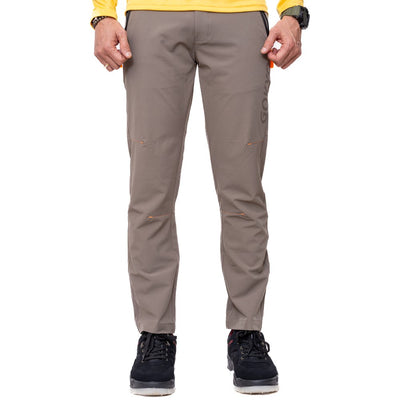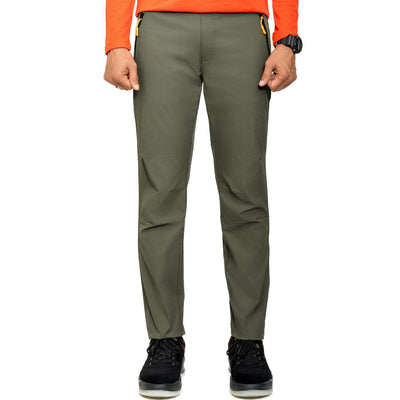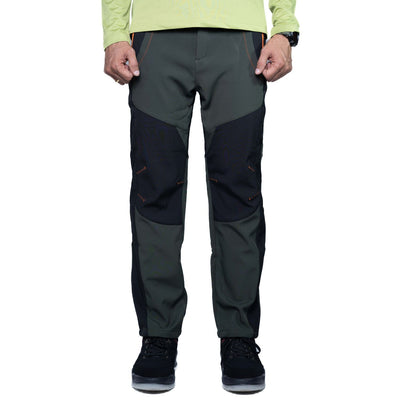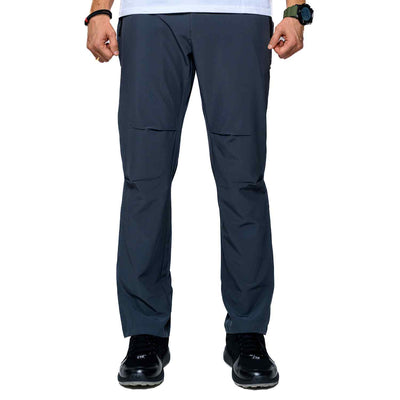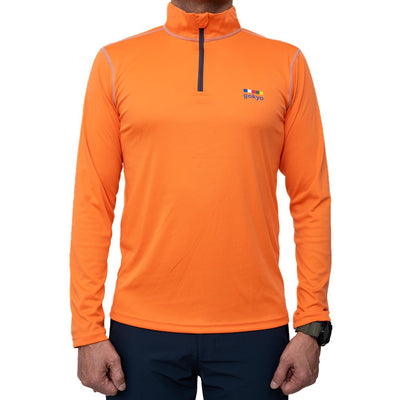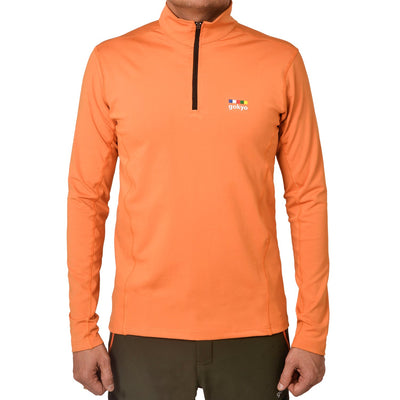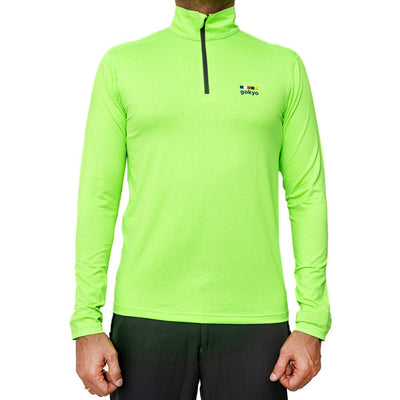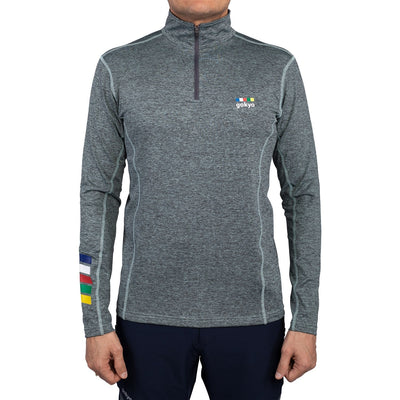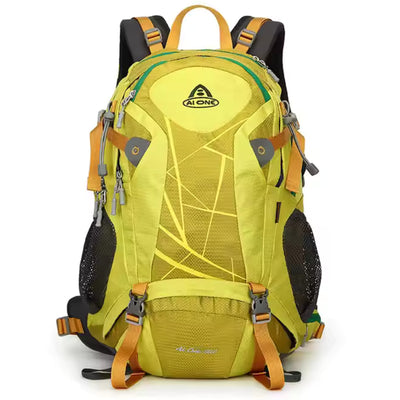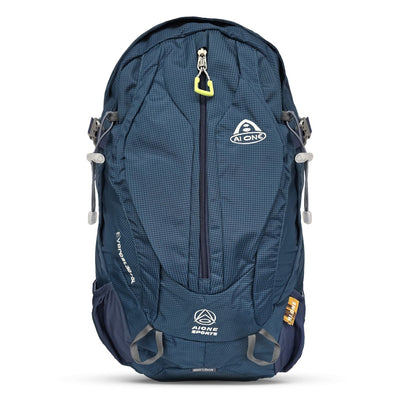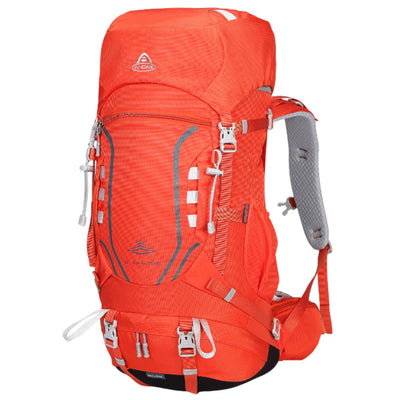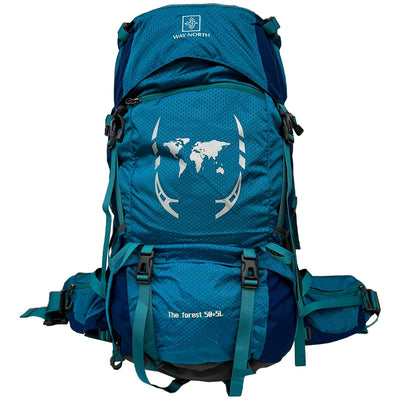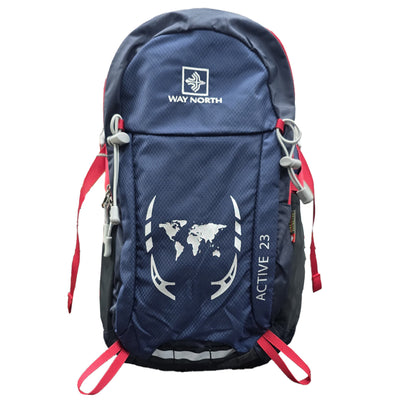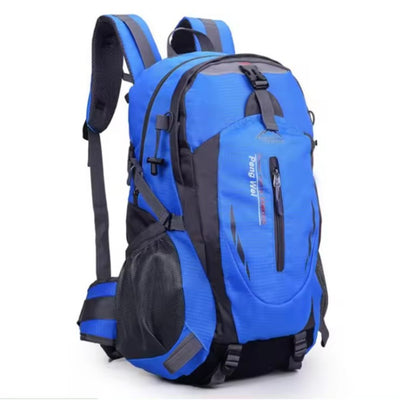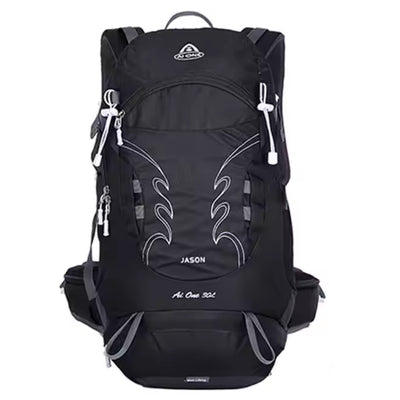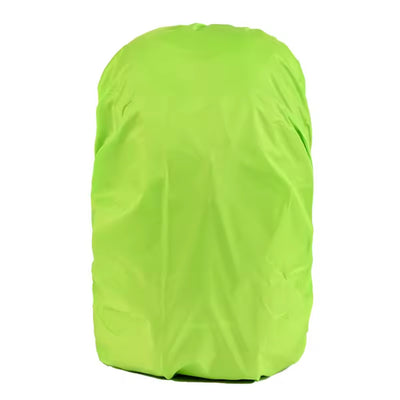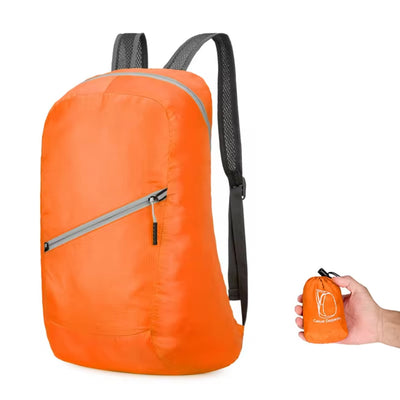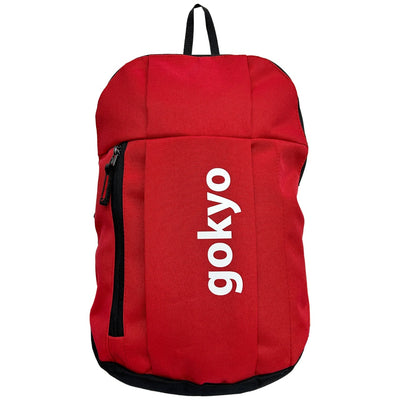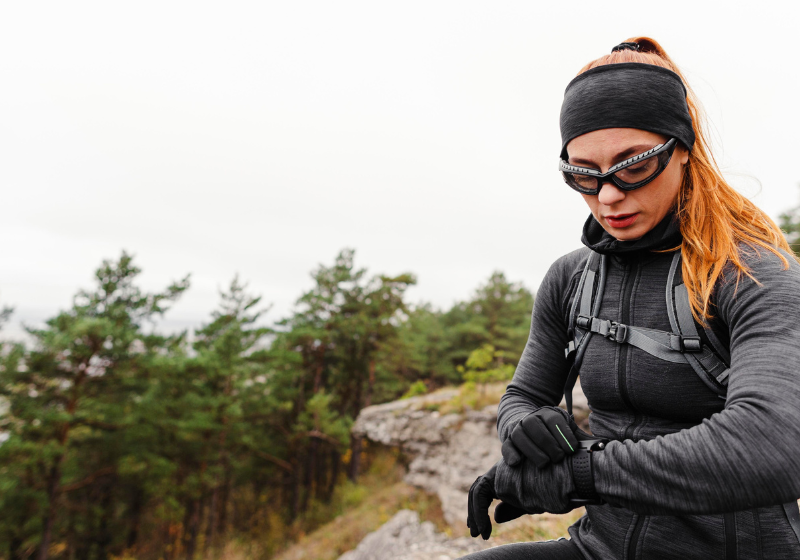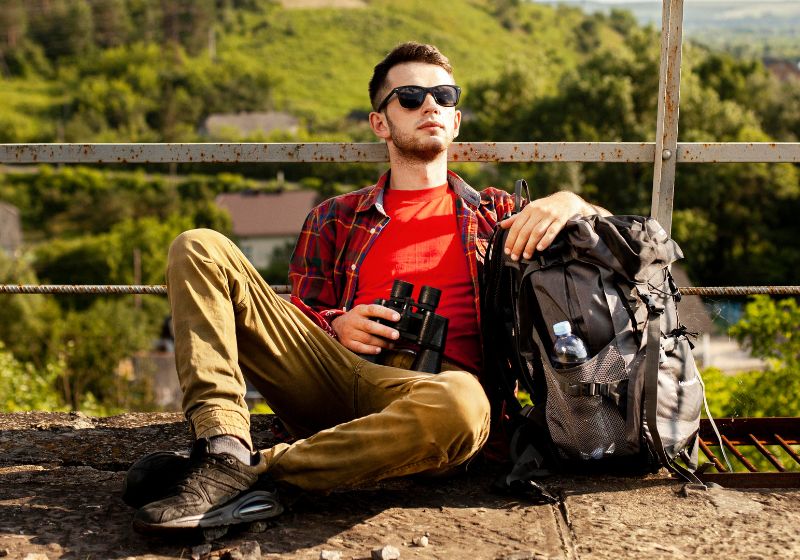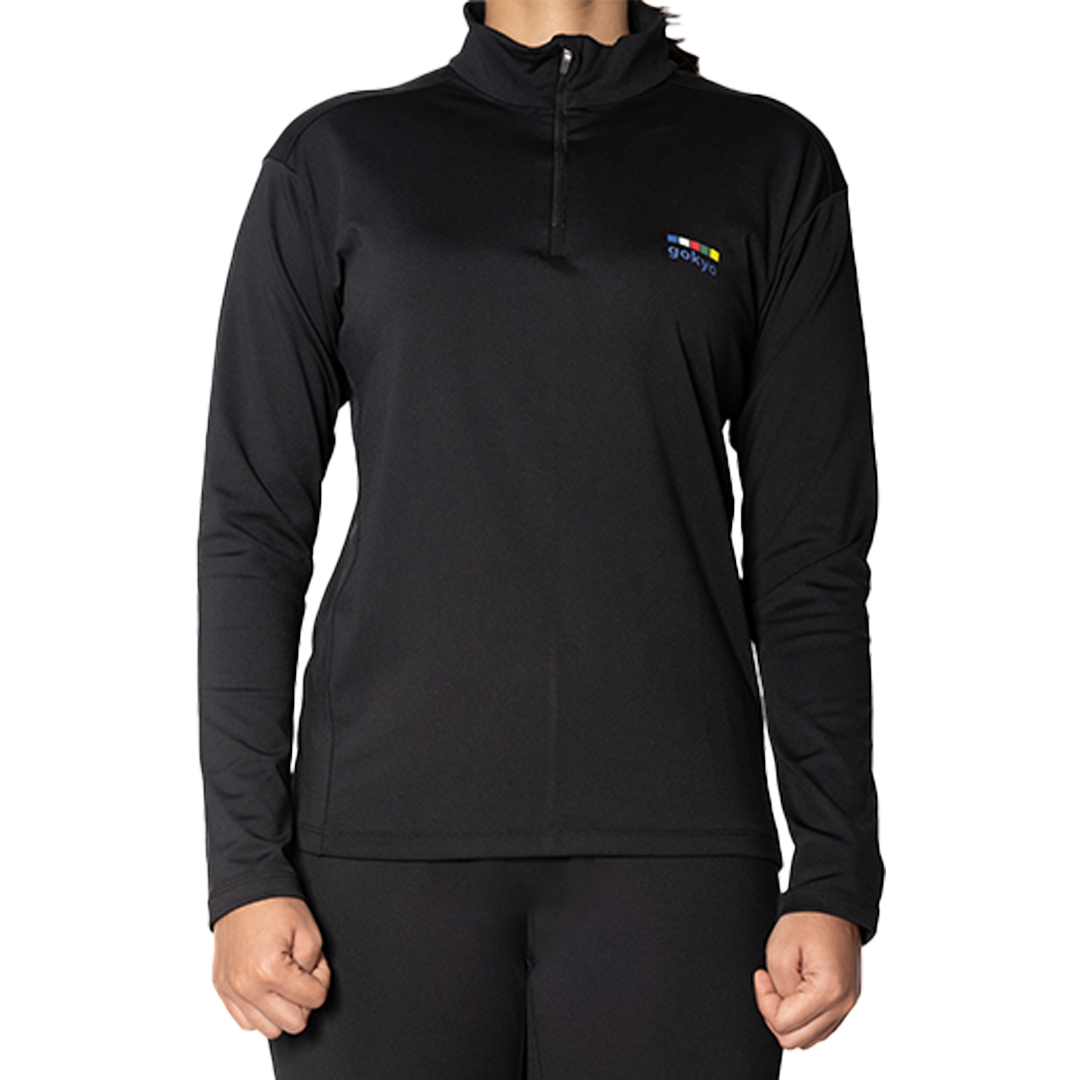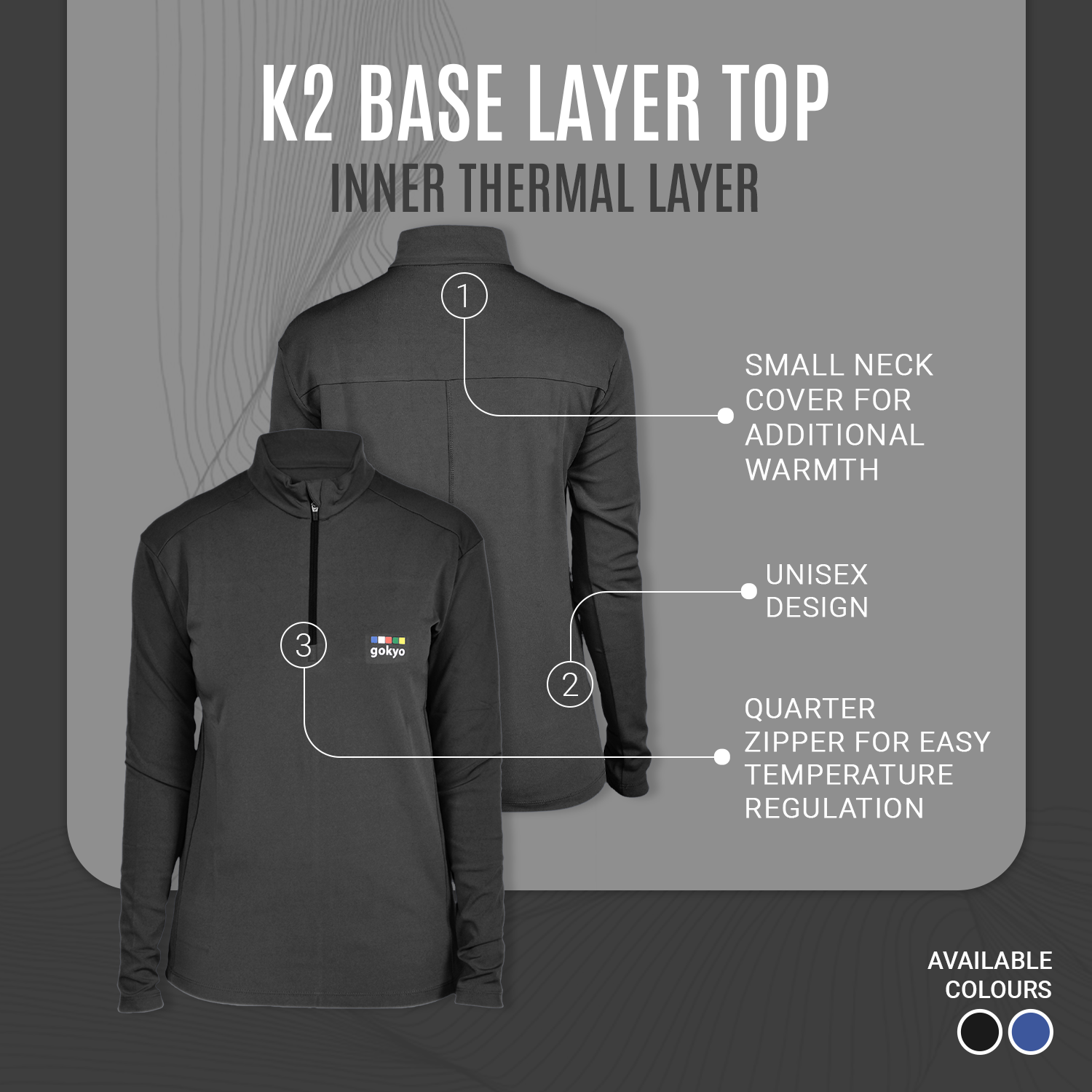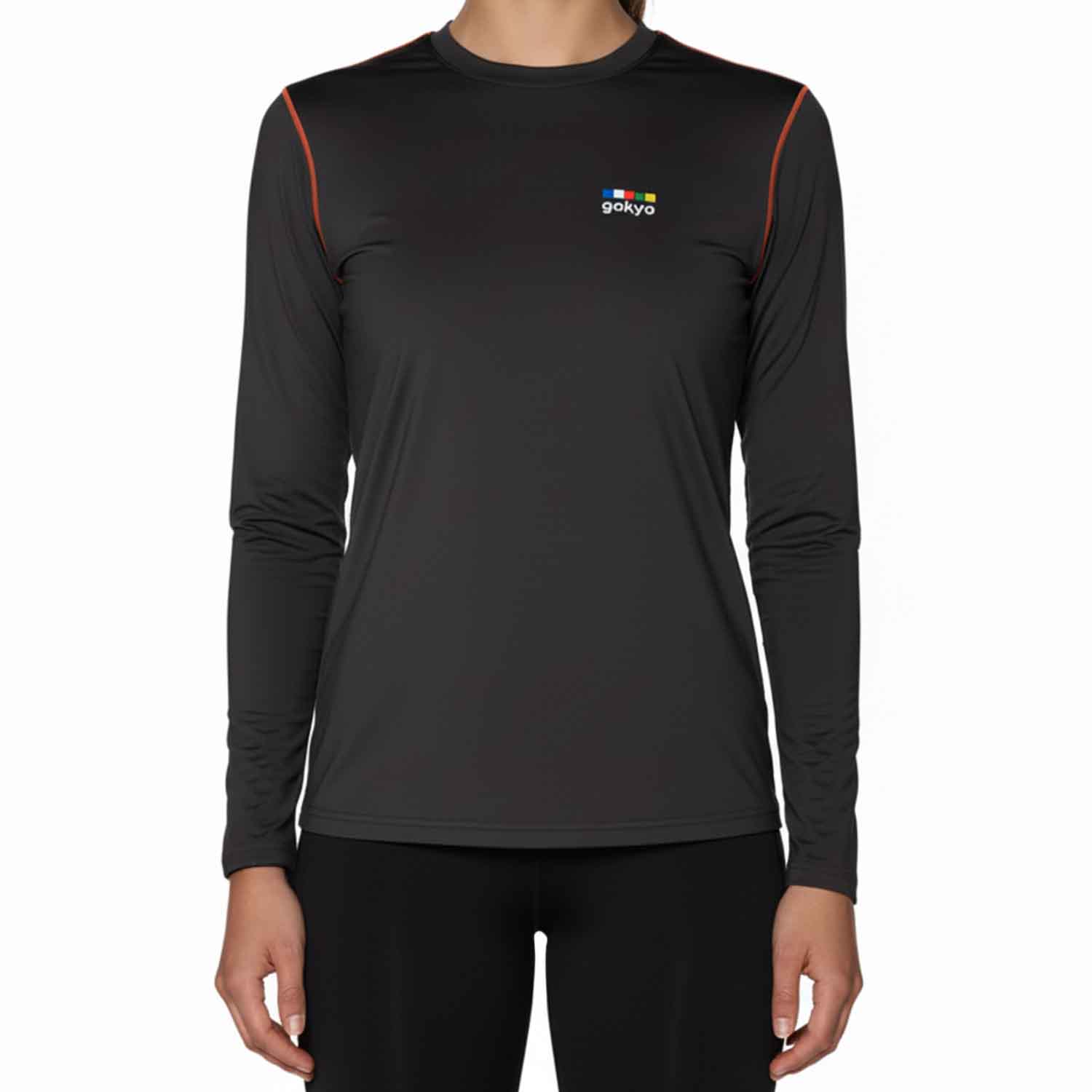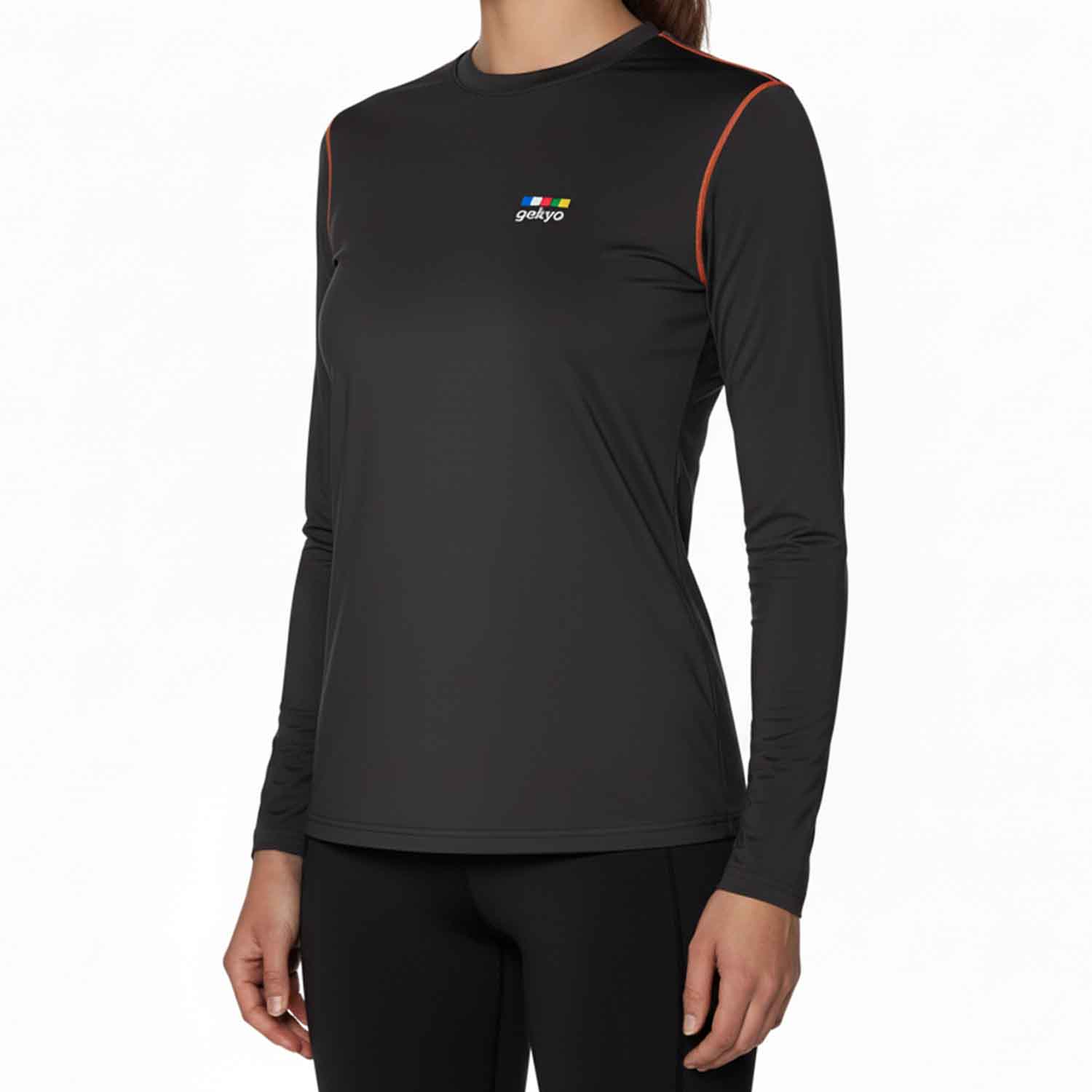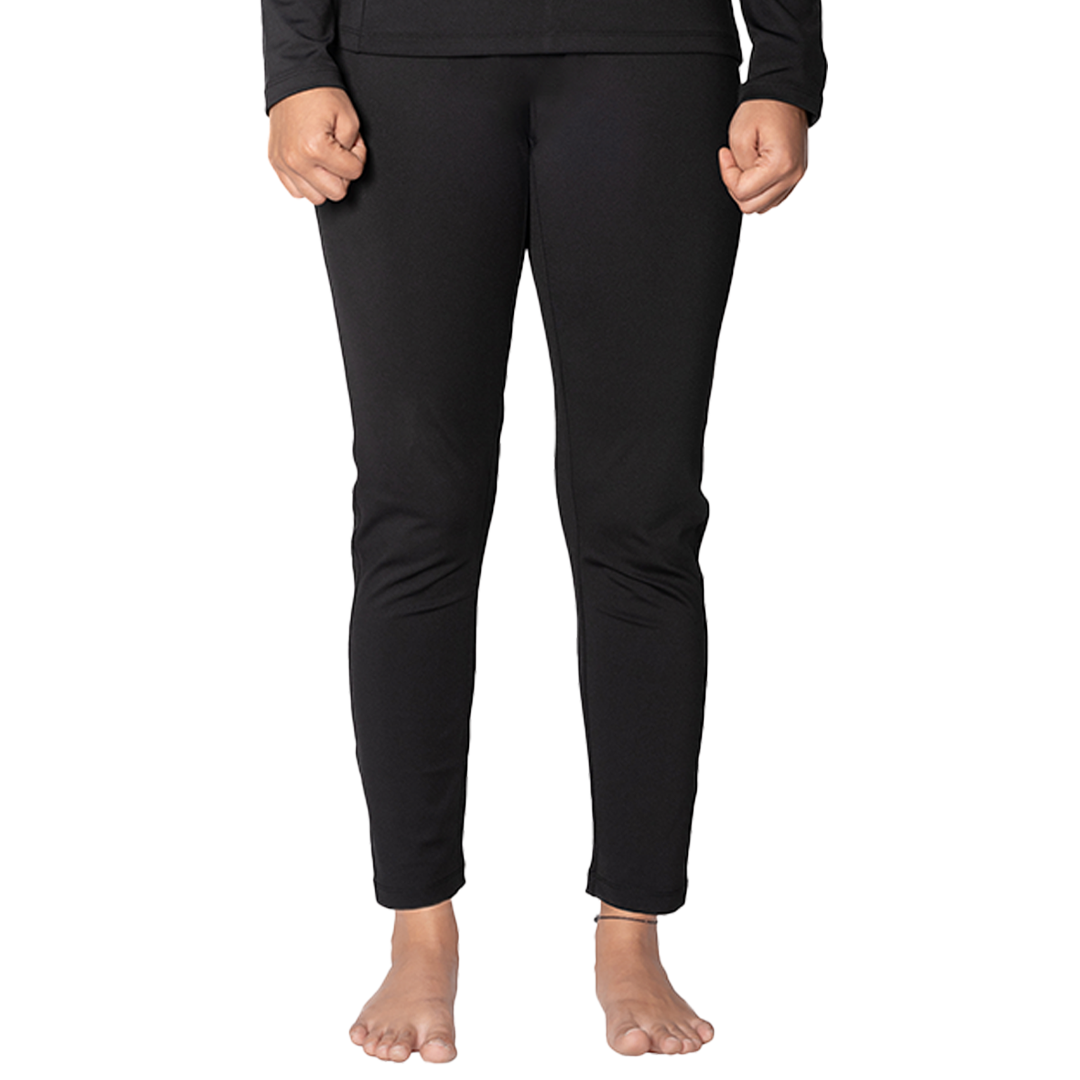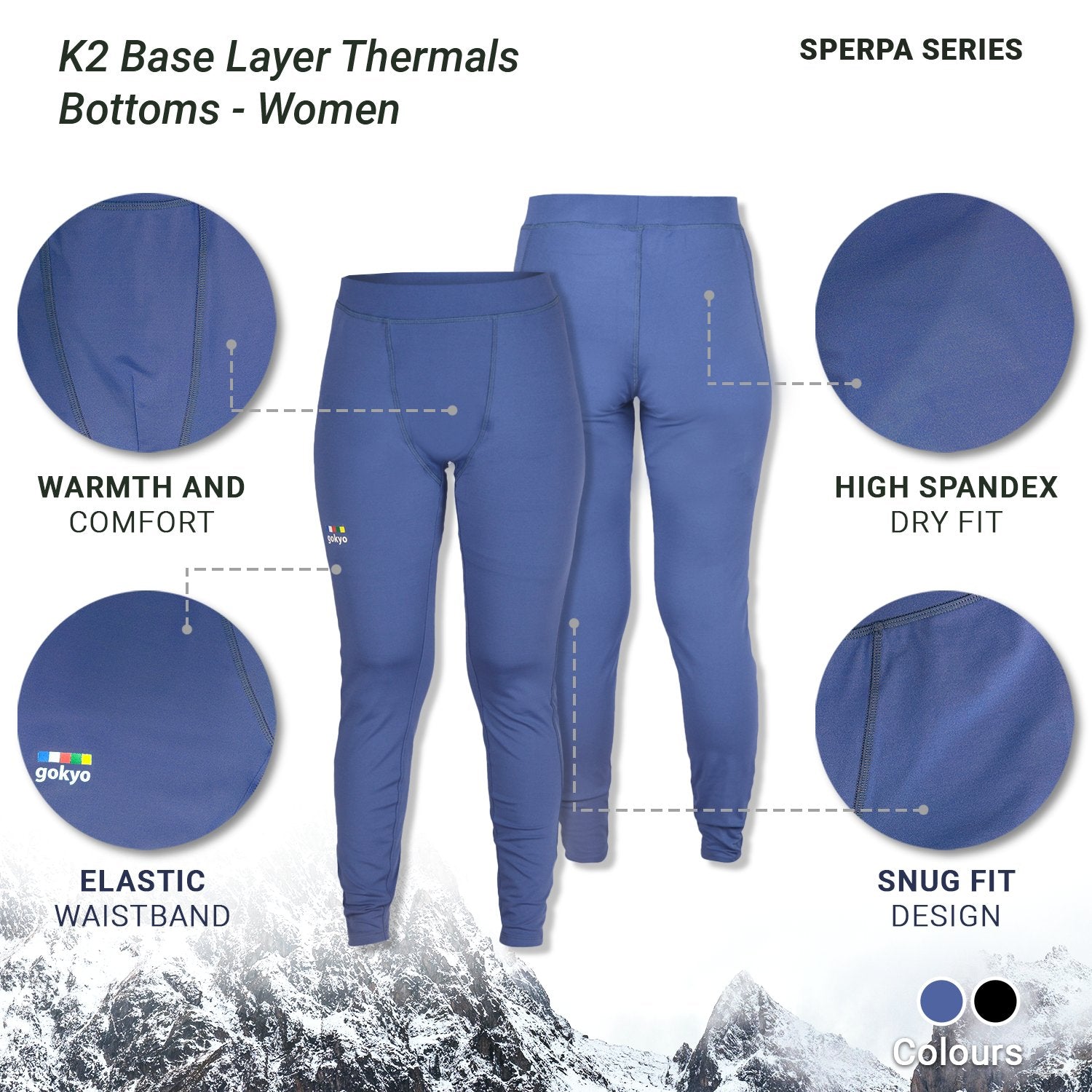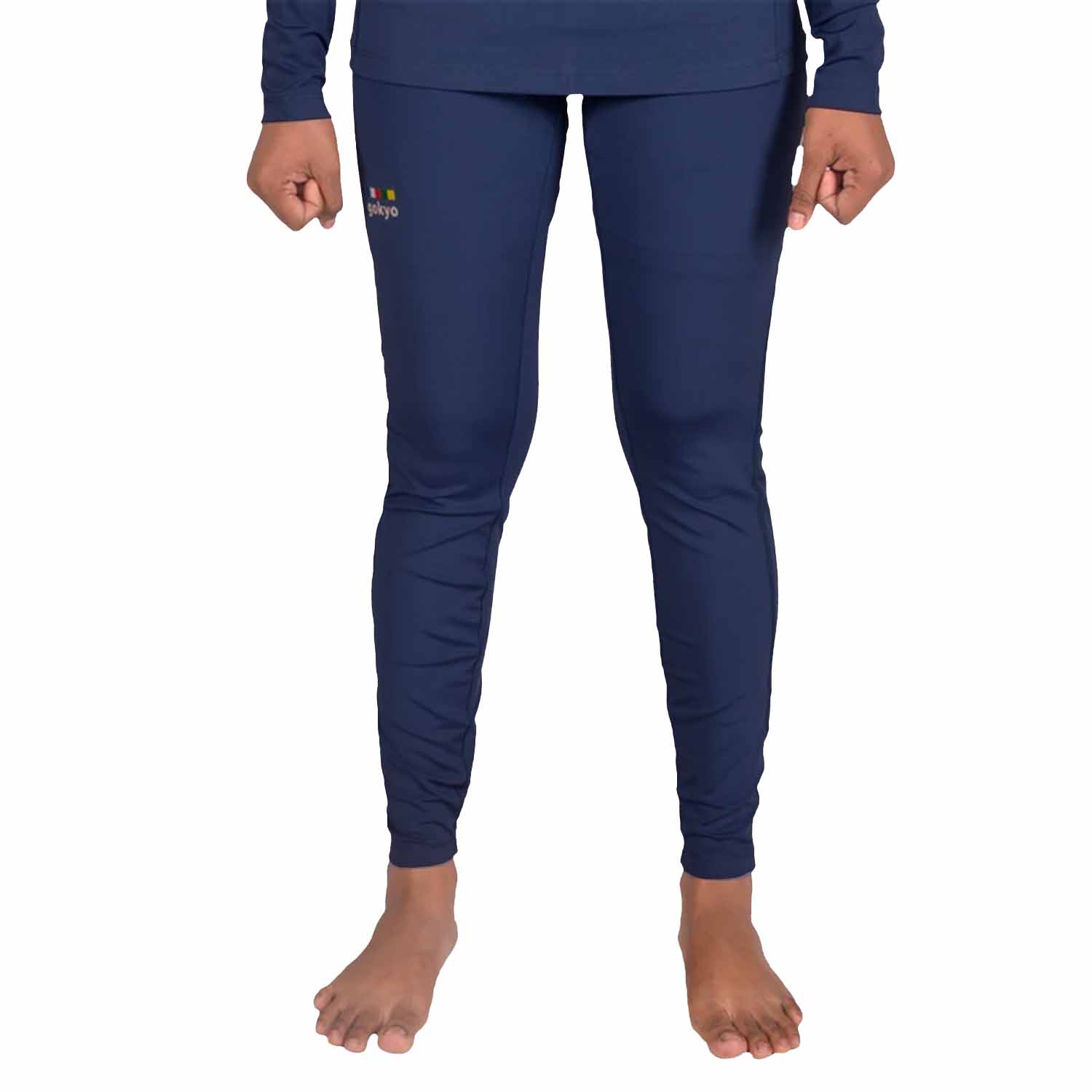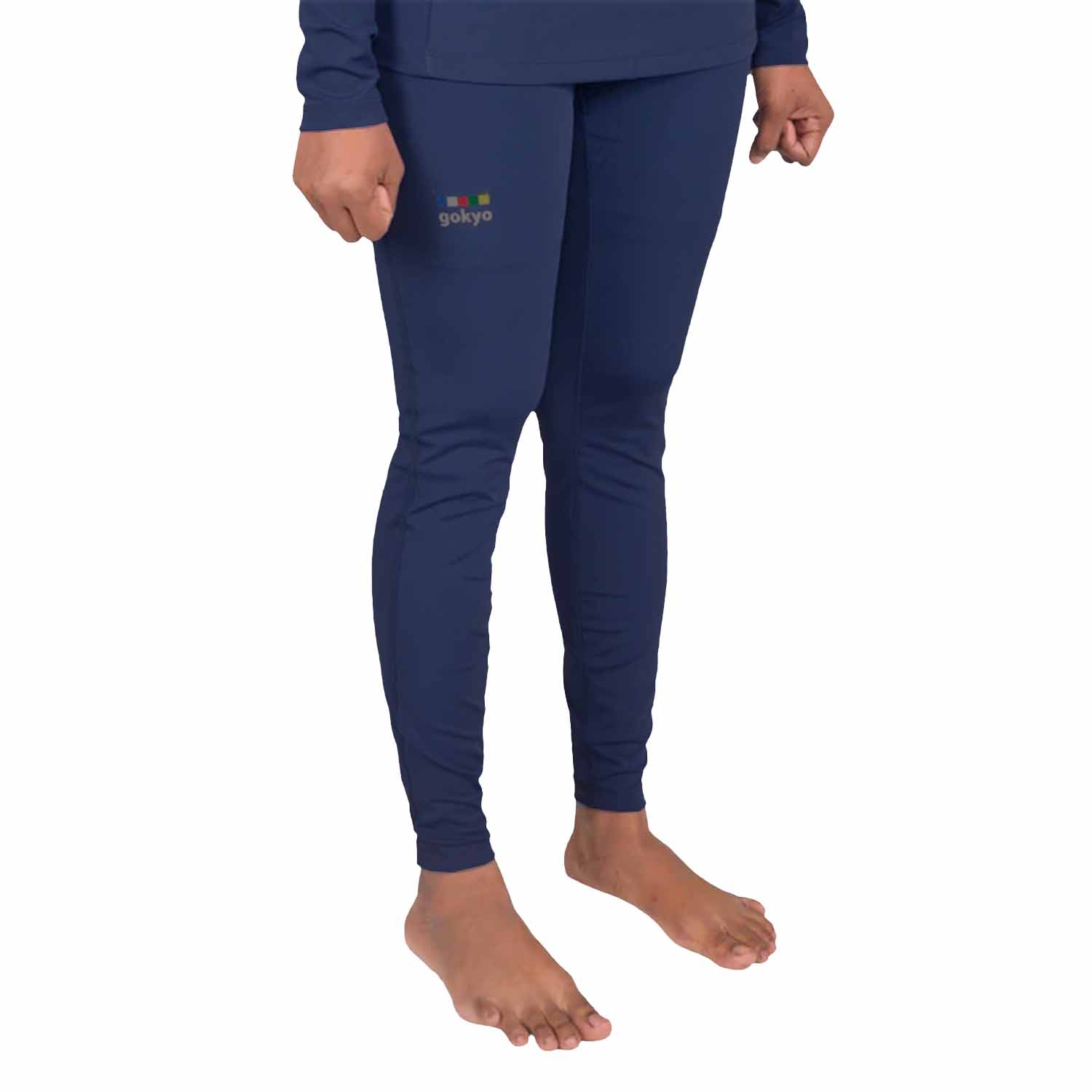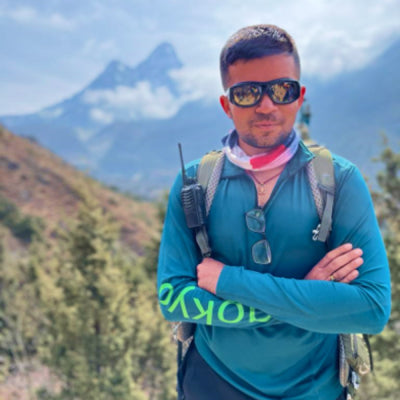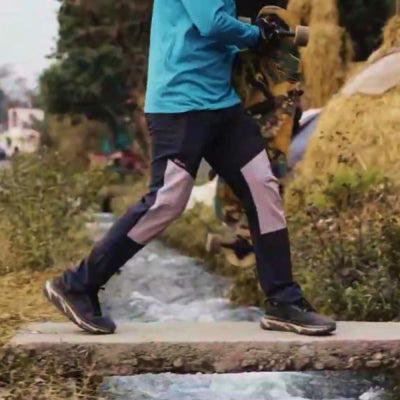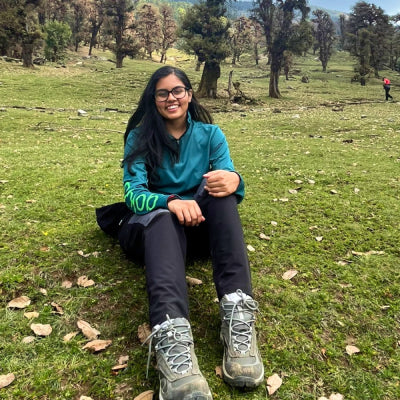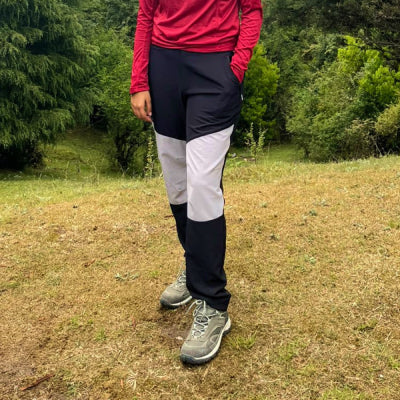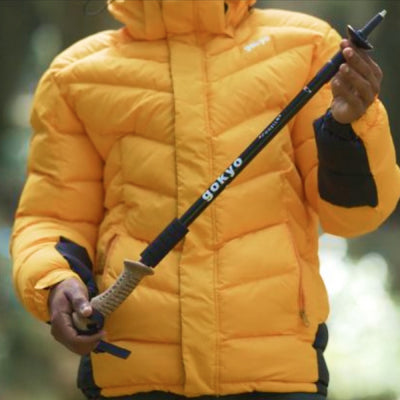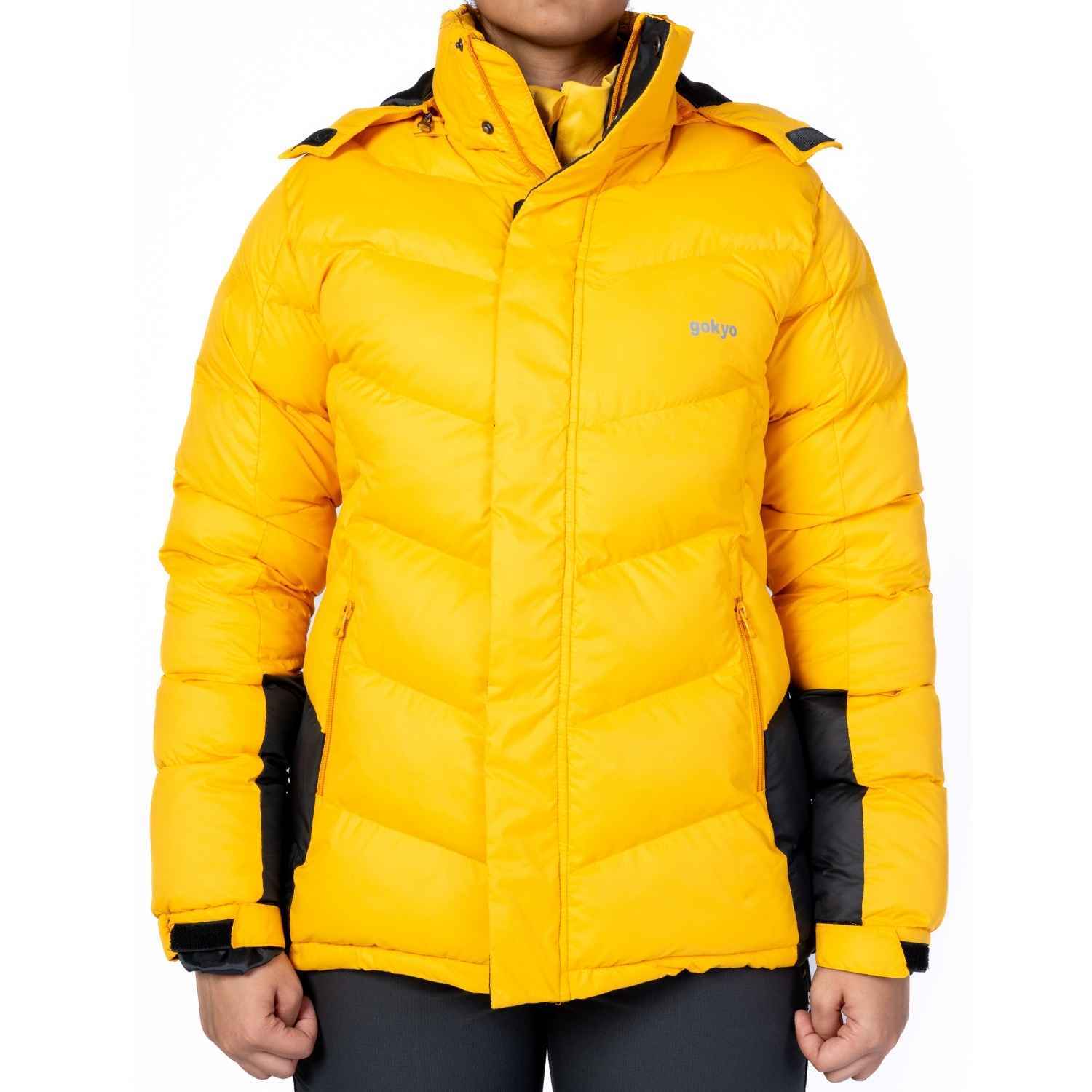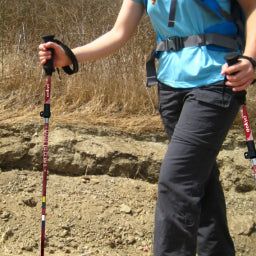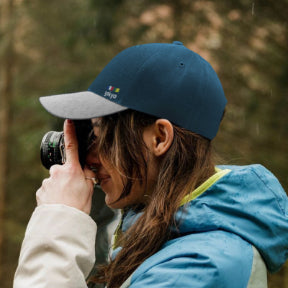How Thermals for Women Help You Warm Up During Treks
Trekking in the mountains is special. The fresh air, the sound of snow crunching below your boots, and how the world is quieter if you're a long way from the cacophony of the city, it's memorable. But if anything will spoil it sooner than anything, it is cold. And not slightly chilly but deep-to-the-core cold to shiver, slow down, and lose concentration.
For outdoor-loving women, warmth is never merely about staying comfortable; it's about safety and energy levels. That's where thermals for women come in. Not necessarily the sexiest piece in your pack of trekking gear, but very often the humble hero of a triumphant expedition. Let's look at how thermals in women function, why they are important, and how to pick the perfect pair to wear on your next expedition.
Stay Warm in Style with Thermals for Women
The Physics of Feeling Toasty
Our bodies internally generate heat, but when we are exposed to cold conditions, we quickly lose it by convection, conduction, radiation, and evaporation. If the equilibrium is disturbed and the loss of heat is greater than the production of heat, then cold is felt; it can even become life-threatening in the long run.
Thermals for women are a base layer and are the closest to your body. Their function is to retain the warmth your body is already creating and not to provide their own warmth. Use them like a shield, to keep warmth in and to draw sweat away from moisture. This is important because wet clothing will cool you down faster than the cold itself.
Why Women Require Thermals Specifically for Them
While all trekkers need to be insulated from the cold, women's outdoor apparel is unique in its considerations of design. Women are likely to have less even distribution of body heat than men, and poorly fitting layers will have a tendency to let cold in through gaps.
Women's thermals are designed to be form-fitting, so the clothing closely follows the body but is never restrictive. This is what works: hot air caught in the space between the skin and the clothing creates the thinnest of barriers to insulation. Bulky or sloppy clothing loses the warmth.
Adventure-Ready Outdoor Clothing You Can Rely On
Fabric Function in Thermals
They are not all identical. Performance is very much dependent upon the material. The following are among the favorites that you will be able to find:
- Merino Wool – Soft, breathable, and has natural odor-resistant qualities. It is perfect for multi-day treks where changing often may be a luxury.
- Synthetic Blends (like polyester and spandex) – These are very lightweight, stretchable, and highly moisture-wicking. Many are quick-drying as well, perfect for wet or damp environments.
- Cotton (not recommended) – Cotton feels warm initially, but if we wear it, it will retain moisture and lose the virtue of insulation. That is why it is disliked by experienced trekkers.
Premium thermal balances warmth, breathability, and comfort to keep dry and warm even when pushing limits on the trail.
Layering: How Thermals Fit into the Big Picture
One of the biggest misconceptions about trekking in cold countries is that a single ultra-heavy coat will suffice to keep warm. The fact is, it is all about layers. And thermals for women are the foundation of that.
Here’s how it works:
- Base Layer (Thermals) – Absorbs moisture and preserves body heat.
- Mid Layer (Fleece or Insulating Jacket) – Offers bulk insulation to preserve warmth.
- Outer Layer (Shell Jacket) – Prevents wind, rain, or snow.
Unless the base layer is up to scratch, even the finest mid and outer layers will never achieve their optimum performance. Thermals are at the forefront by providing a dry, warm base on which to build the balance of your trekking gear.
Top Trekking Gear Picks Recommended by Us
The Comfort Factor
Warmth is one thing, but honestly? Comfort is just as crucial. You're hiking on a trek by walking, climbing, bending, stretching, and sometimes scrambling up over rocks. Women's thermals are built to keep up with you by using stretch-enhanced fabric. Flat seams even eliminate chafing and are comfortable to wear hour after hour.
And don't even get us started on versatility. A decent pair of thermals is not only for trekking. It doubles as nightwear in the tent at night, another layer in a cold guesthouse, or even nightwear if it cools down suddenly.
Thermals and Trekking Confidence
There's an unwritten reality of being in preparation for the great outdoors: if you're comfortable, then you're confident. Feeling like you're shielded from the cold allows you to relax and truly experience the trip. Rather than thinking about frozen fingers or shaky legs, you are free to take in the sight of sunrise breaking over snow-capped mountains or the sound of your trekking pals by a campfire.
This is precisely why Gokyo outdoor apparel emphasizes performance-based thermals. These are not mere clothing products—they are sources of confidence for every woman who will never let the cold come in the way of the pursuit of her mountain ambitions.
Frequently Asked Questions (FAQs) :
1. Do I wear thermals in warmer-weather treks?
Yes, the light thermals are excellent even in pleasant conditions. The thermals will draw off the sweat and shield from nighttime temperature dips.
2. How many sets of thermals should I pack on a multi-day trek?
Few or even a single pair is usually enough. Good thermals may be re-worn if no stink develops and are best if made of merino wool.
3. Do thermals pack bulk?
Not at all. Present-day thermals are light and pack down closely and are easy to store in your pack on a trek.
4. Do I wash thermals like other clothes?
That will depend on the fabric. The merino wool is washed lightly, but the thermals are low-maintenance. You must always check the label.
5. Do I really need thermals if I already have a warm jacket?
Yes. Jackets on their own will neither do sweat management nor provide the same close-to-body insulation as thermals. They come in layers as part of an appropriate system of layering.
Conclusion
When trekking in cold conditions, thermals for women are not just good to have, they are essential for cold-weather trekkers. Thermals are a good first line of defense against biting wind, moisture in the air, and cold nights. More than that, thermals are a very useful tool and allow women to trek with consideration, it is not they who are creating the discomfort of cold - ready for what nature decides to bring our way, cold or blizzard. Planning for a trek in the Himalayas, the Pyrenees, or a winter Saturday trail close to home? Pack the simple base layer. Not image worthy on the packing list - that humble thermal will ensure you will be warm, comfortable, and happy along the way to the summit.






